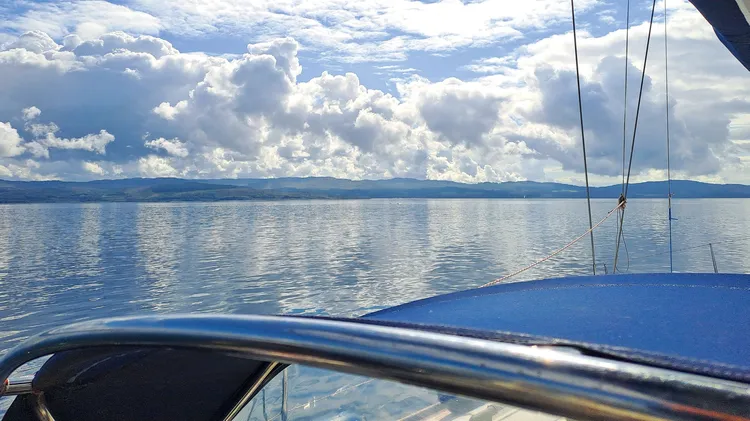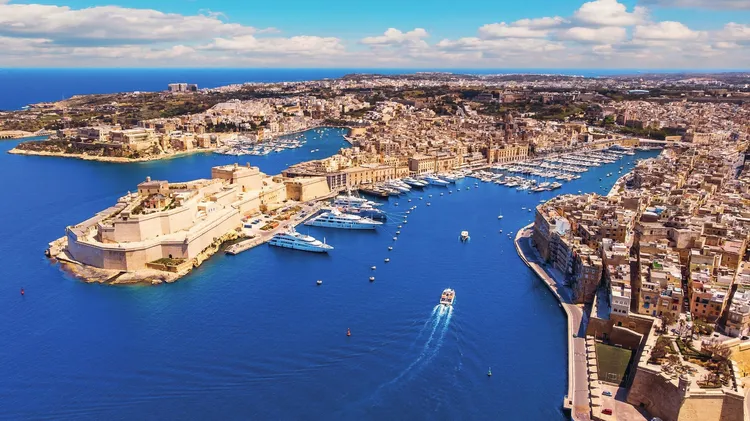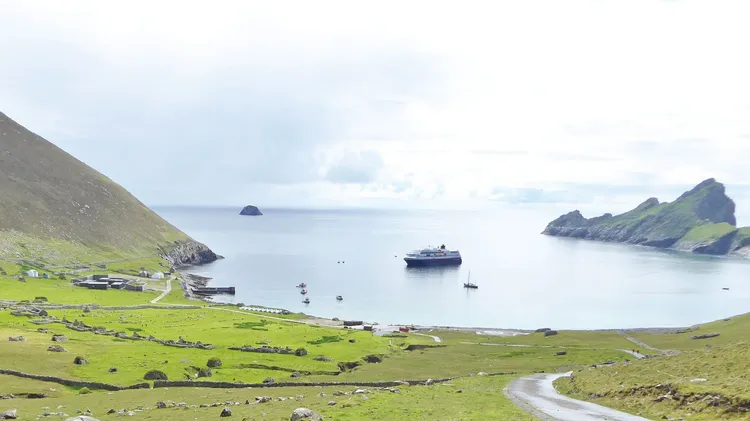Will Stirling narrates a hair raising traverse of the North West
In the footsteps of franklin
11 min read
This article is from...
Read this article and 8000+ more magazines and newspapers on Readly






